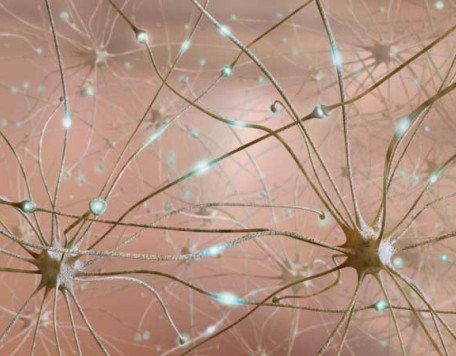© Pint of Science, 2025. All rights reserved.
Take a journey through the history of neuroscience and discover the latest experimental therapies shaping the future of neurological and psychiatric treatment.
500 Years of History of Neuroscience in 20 Minutes
Dr Stefano Sandrone
(Principal Teaching Fellow, Imperial College London)
To be announced

Brains on Drugs: Peeking into the Mind in Real Time
Diana Cash
(Senior Lecturer in Preclinical Neuroimaging)
What if we could watch the brain in action—not just when we move or speak, but when we think, feel, or even experience fear? Thanks to cutting-edge brain imaging technology, we can do exactly that. Today, neuroscientists can track tiny shifts in blood flow and oxygen levels in the brain as people think, feel, and react. It is almost like reading the mind in real time.
Using this technology, researchers can see which brain areas “light up” in response to specific emotions, movements, or sensations. For example, we can spot the brain region called amygdala responding to fear, the motor cortex firing as fingers move, or the thalamus reacting to pain.
One particularly exciting technique is called pharmacological MRI (phMRI). This involves scanning a person’s brain while they are given a drug that affects how their brain works. These might be strong stimulants like amphetamines, fast-acting antidepressants like ketamine, or more subtle drugs aimed at treating conditions like schizophrenia, Parkinson’s disease, or epilepsy.
There’s a huge need for better treatments for mental health and neurological conditions—and progress has been painfully slow. That’s where phMRI comes in. Dr Diana Cash and her team are using this powerful method to explore how different drugs affect the brain, even before they are tested in people. By comparing new drugs with ones we already understand, they can uncover promising new treatments more quickly and safely.
In this talk, we’ll take a journey through the brain on drugs—both familiar and unknown—and see how this research is helping pave the way to better therapies for the brain and mental health
Using this technology, researchers can see which brain areas “light up” in response to specific emotions, movements, or sensations. For example, we can spot the brain region called amygdala responding to fear, the motor cortex firing as fingers move, or the thalamus reacting to pain.
One particularly exciting technique is called pharmacological MRI (phMRI). This involves scanning a person’s brain while they are given a drug that affects how their brain works. These might be strong stimulants like amphetamines, fast-acting antidepressants like ketamine, or more subtle drugs aimed at treating conditions like schizophrenia, Parkinson’s disease, or epilepsy.
There’s a huge need for better treatments for mental health and neurological conditions—and progress has been painfully slow. That’s where phMRI comes in. Dr Diana Cash and her team are using this powerful method to explore how different drugs affect the brain, even before they are tested in people. By comparing new drugs with ones we already understand, they can uncover promising new treatments more quickly and safely.
In this talk, we’ll take a journey through the brain on drugs—both familiar and unknown—and see how this research is helping pave the way to better therapies for the brain and mental health
Map data © OpenStreetMap contributors.
Other The Tamesis Dock events
2025-05-20
Thinking in Code
The Tamesis Dock
Albert Embankment, London, SE1 7TP, United Kingdom
2025-05-19
The Changing Mind
The Tamesis Dock
Albert Embankment, London, SE1 7TP, United Kingdom



